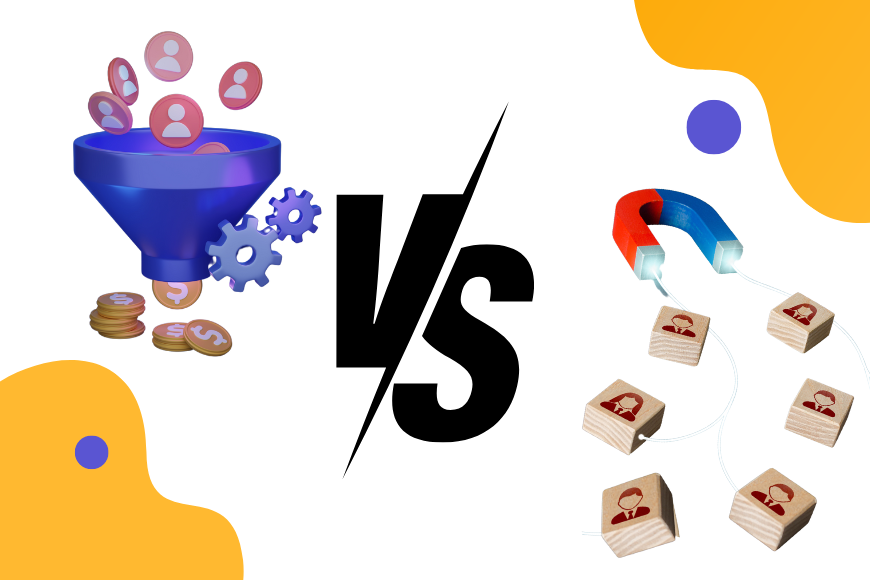Demand Generation vs Lead Generation: Understanding the Key Differences
In marketing, knowing the difference between b2b demand generation vs lead generation can shape how you attract and interact with potential customers. PMG, a pioneer in redefining lead generation, provides a clear picture of how businesses can use both strategies effectively.
What is Demand Generation?
Demand generation is all about getting people interested in what your company does or sells. It’s not just about quick sales but about creating a lasting interest in your products or services. This approach includes creating informative content, sharing stories about your brand, and running wide-reaching campaigns to build a strong interest base.
What is Lead Generation?
On the flip side, lead generation is more focused. It’s about finding potential customers and getting them ready to buy your products or services. The goal is clear: gather contact details of people who show interest so that you can follow up and try to seal the deal.
Exploring the Differences
Let us explore the key differences between demand generation and lead generation:
1. Goal Orientation
- Demand Generation: The primary aim is to build awareness and demand for your product or service over time.
- Lead Generation: Focuses directly on converting interest into leads by collecting contact details for follow-up.
2. Tactics Employed
- Demand Generation: It utilizes broad-reaching tactics such as content marketing, SEO, and broad-based advertising campaigns.
- Lead Generation: It employs targeted strategies like direct email campaigns, specific landing pages, and lead capture forms.
3. Content Strategy
- Demand Generation: The content is educational and designed to engage audiences at the top of the funnel. It’s about thought leadership and providing value.
- Lead Generation: The content is more conversion-focused, aiming to persuade and convert the audience at the middle or bottom of the funnel.
4. Target Audience
- Demand Generation: It targets a broader audience to stir interest and engagement regardless of their buying intent.
- Lead Generation: It focuses on individuals who have shown some interest or interaction with the brand and are more likely to become customers.
5. Metrics for Success
- Demand Generation: The success is measured by engagement metrics like website traffic, social media shares, and content interaction rates.
- Lead Generation: The success is measured by conversion rates and the number of qualified leads generated.
6. Sales Funnel Position
- Demand Generation: It’s mainly concerned with filling the top of the sales funnel by attracting a large pool of potential leads.
- Lead Generation: It concentrates on nurturing the leads from the middle to the bottom of the funnel, preparing them for a purchase.
7. Duration and Follow-up
- Demand Generation: It is often a longer process as it involves building brand credibility and authority over time.
- Lead Generation: It can be quicker, focusing on capturing and converting interest once it is established.
8. Integration with Sales
- Demand Generation: Works independently of direct sales efforts but sets the stage for these interactions by building knowledge and interest.
- Lead Generation: This is closely tied to sales, often with immediate follow-ups and direct engagement from sales teams.
Understanding the differences between b2b demand generation vs lead generation is key for any B2B company looking to improve its marketing strategy. By defining these two approaches and knowing when and how to use them, companies like PMG can not only reach more people but also turn them into loyal customers. So, whether you’re looking to spread the word or seal the deal, these strategies have you covered. With the right approach and PMG’s support, you can ensure your business thrives and stays ahead of the competition.





